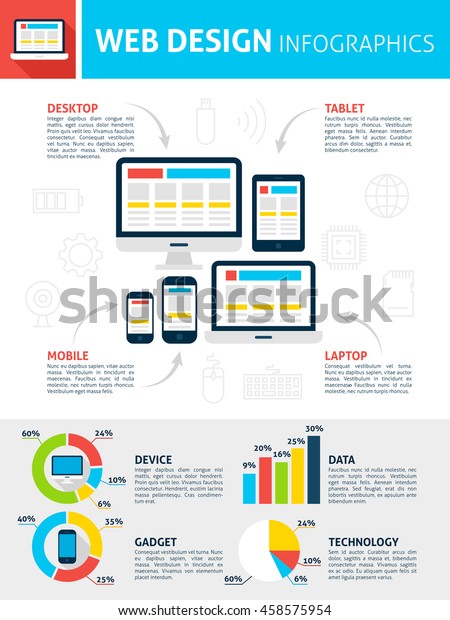Interested In Discovering Just How Site Layout Has Evolved? Discover The Journey From Uncomplicated Styles To User-Centric Methods
Interested In Discovering Just How Site Layout Has Evolved? Discover The Journey From Uncomplicated Styles To User-Centric Methods
Blog Article
Write-Up Developed By-Abel Gibbons
In the past, websites were simple and focused on information. Navigating was straight, and layout was for desktop computers. Currently, user experience is crucial. Data guides styles for simple navigating. Receptive formats match various gadgets. Today, dark mode minimizes stress, and minimalist food selections boost navigating. Interactive attributes engage users, and vibrant visuals stick out. AI assimilation improves interaction. See how design has actually progressed to boost your online journey.
Early Days of Web Design
In the early days of website design, simplicity reigned supreme. Internet sites were fundamental, with restricted shades, typefaces, and layouts. The focus was on offering info instead of flashy visuals. Individuals accessed the web with slow dial-up connections, so rate and performance were crucial.
Navigating food selections were straightforward, generally located at the top or side of the web page. Internet sites were created for desktop, as mobile surfing had not been yet prevalent. professional search engine optimization services was king, and developers prioritized simple readability over complicated design elements.
HTML was the main coding language made use of, and developers needed to work within its restraints. Animations and interactive attributes were very little compared to today's criteria. Internet sites were static, with little dynamic web content or personalized customer experiences.
Rise of User-Focused Layout
With the advancement of internet site layout, a change in the direction of user-focused layout principles has actually become significantly famous. Today, producing sites that prioritize customer experience is critical for involving site visitors and attaining service objectives. User-focused style entails understanding the needs, preferences, and behaviors of your target market to tailor the internet site's design, material, and features appropriately.
Designers now perform detailed research, such as individual studies and usability screening, to collect understandings and responses directly from customers. local seo near me -driven strategy aids in creating intuitive navigating, clear calls-to-action, and visually enticing interfaces that resonate with site visitors. By placing the individual at the facility of the layout process, web sites can deliver a much more individualized and pleasurable experience.
Responsive design has actually also emerged as a crucial facet of user-focused style, ensuring that web sites are maximized for various devices and display sizes. This versatility improves availability and functionality, accommodating the varied means users engage with sites today. Basically, the increase of user-focused style indicates a change towards developing digital experiences that prioritize the needs and expectations of the end user.
Modern Trends in Website Design
Check out the current patterns forming web design today. One prominent pattern is dark mode style, providing a smooth and modern look while lowering eye pressure in low-light settings. Another vital pattern is minimal navigating, streamlining menus and boosting customer experience by concentrating on essential elements. Including micro-interactions, such as animated buttons or scrolling effects, can produce a more appealing and interactive internet site. https://seo-google62839.blogitright.com/29982112/start-your-social-media-advertising-and-marketing-success-with-a-detailed-overview-packed-with-must-know-strategies-and-techniques stays vital, ensuring seamless user experiences throughout different devices. Furthermore, utilizing strong typography and asymmetrical designs can include visual interest and accentuate particular material.
Integrating AI modern technology, like chatbots for customer assistance or tailored recommendations, improves user engagement and enhances processes. Access has additionally come to be a significant trend, with designers prioritizing comprehensive layout practices to cater to diverse individual needs. Embracing sustainability by enhancing site efficiency for speed and performance is another emerging fad in website design. Collaborating with customer feedback and information analytics to iterate and improve style constantly is necessary for staying relevant in the ever-evolving electronic landscape. By accepting these modern-day fads, you can create a visually attractive, straightforward internet site that resonates with your target market.
Conclusion
As you assess the development of web site style from the early days to now, you can see just how user-focused style has actually come to be the driving force behind modern patterns.
Welcome the trip of adjustment and adaptation in website design, always maintaining the user experience at the leading edge.
Stay existing with the most up to date trends and technologies, and never ever quit evolving your strategy to create visually sensational and user-friendly sites.
Progress, adjust, and create - the future of web design is in your hands.
